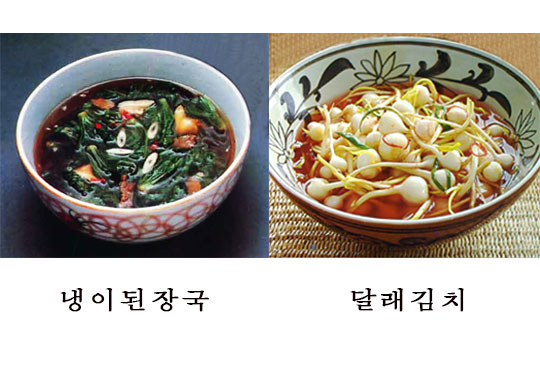The 24 seasonal divisions and folklore customs of March
In Korea March is the period when the spring fairly sets in.
Kyongchip (the end of hibernation) and chunbun (the vernal equinox) fall on March. The former is the 3rd of the 24 seasonal divisions that falls on 5th or 6th of March, and the latter is the 4th and falls on about 21st of March of the solar calendar.
Kyongchip means that it is the period when insects being in hibernation all winter are awaken by the ice melting, thundering and raining and are wriggling underground.
Chunbun means that it is the period when winter has passed and spring has come. During this period, the length of day and night is almost equal and it is typical to witness a strong wind, but climate inclines to the warm state and frozen soil is thoroughly melted.
From olden times, when it came kyongchip and chunbun periods, our people repaired fences and walls to eradicate dirty spots stemming from wintertime and laid the ditch and arranged its surroundings before they started farming. At the same time, they started the spring plowing and started farming planting such crops as potato, sesame, spring barley, watermelon and cucumber, and such saplings of flower as a balsam, tobacco plants and trees.
It is seen on an ancient document that kyongchip is a favourable time to plant cucumber and the one planted in this time can be harvested in May.
It is seen on the other document that a number of tree saplings are planted in kyongchip and chunbun periods and, in particular, fruit and mulberry trees are planted under special care on a rainy day.
In these periods our people prepared appetizing dishes with fresh-green herbs, enjoying themselves with the aroma of spring season.
Such herbs as shepherd's purse and giant garlic serve as the typical ones. The shepherd's purse was widely used in the dietary life as it helps to promote the appetite and restore vitality. It is sliced into pieces and boiled as a soup. The giant garlic was used not only for food but also for medicine.
Besides, our people used to keep various kinds of herbs gathered in these periods and hold a dancing and singing ceremony of peasants aimed at encouraging of the farming work and hoping a bumper harvest in that year.
